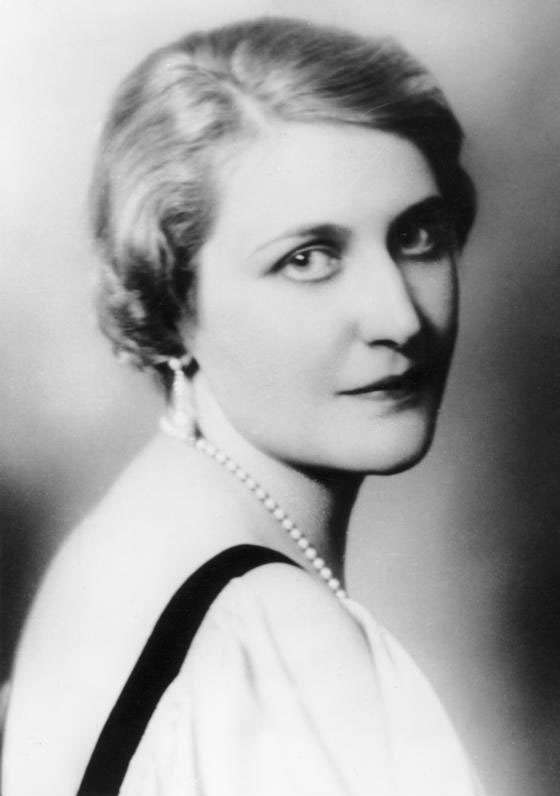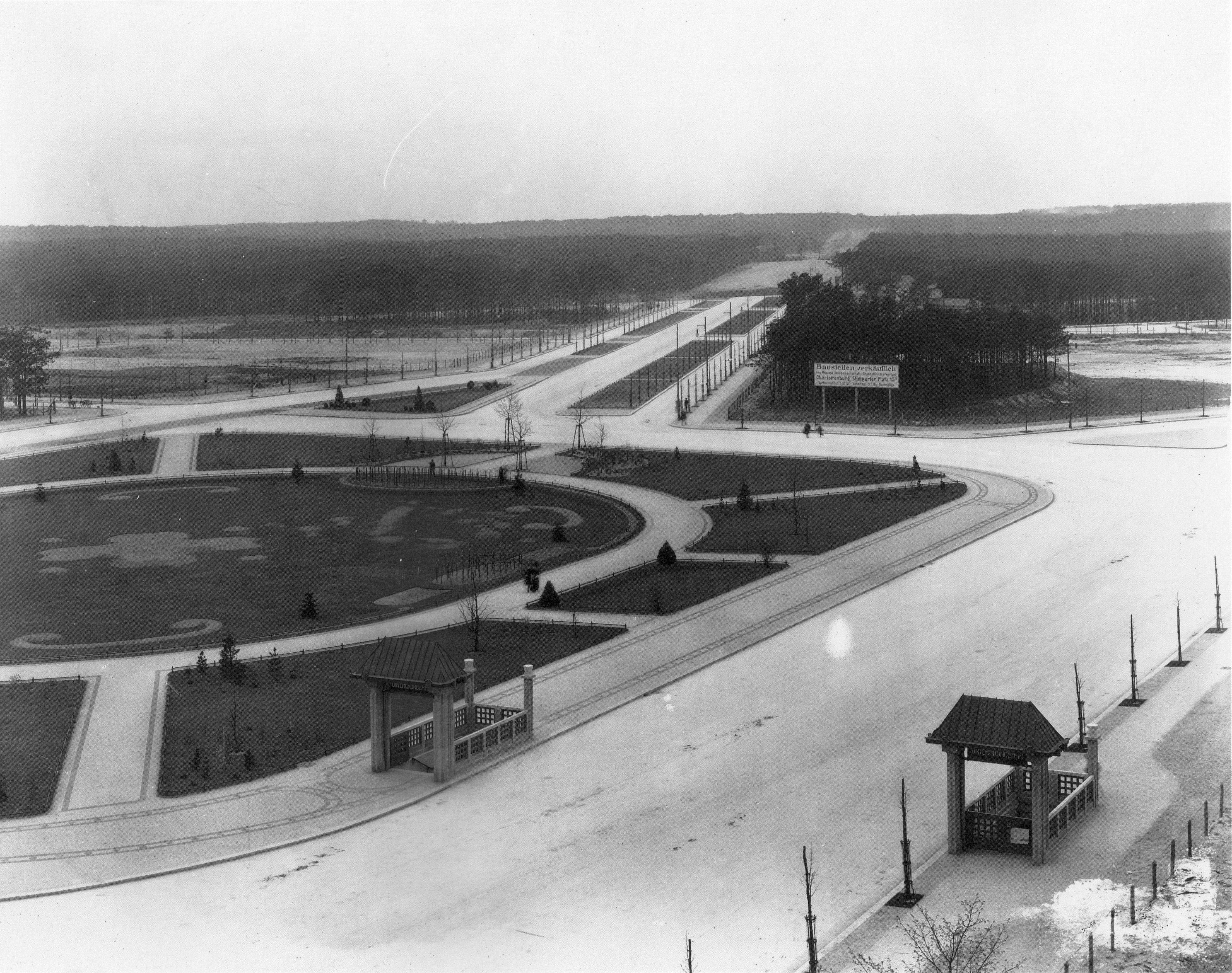Berlin, 1919: the Weimar Republic is just beginning to blossom and Hans Kesselbach is deeply in love with his classmate Hellmut Quandt. When the high school student meets his classmate’s young and beautiful stepmother, he has no inkling of the role Magda Quandt will come to play in his life – not just on a personal level, but also years later, when she transforms into a fanatical Nazi and the »first lady« of the Third Reich.
After Hellmut’s sudden death, Hans and Magda seek solace with each other. Their relationship is not so much dishonest as transactional, with each of them taking what they need. While Magda wants to escape her unhappy marriage, Hans is desperate to hide his homosexuality. It is only when Magda meets Joseph Goebbels and joins the Nazi Party that she and Hans definitively end their liaison. And while Magda is soon appearing in the newsreels, Hans finds himself increasingly under threat…
Click here for more information and a sample translation.
Background Material on Nora Bossong's Reichskanzlerplatz
News
Based on historical events, in her long-awaited novel Reichskanzlerplatz, Nora Bossong paints a portrait of the woman who became Magda Goebbels – narrated from the perspective of her young lover Hans: a novel about two people navigating the maelstrom of historical events between 1919 and 1944, both becoming entangled in these events different ways.
ON THE BOOK
»A fearless novel about complicity, and about how great evil can grow from small beginnings. Is it possible to tell stories about the Third Reich? It’s a question that is posed often, and with good reason. Nora Bossong provides an answer with this brilliant book by going ahead and doing it – complex, sober, and merciless.«
Q&A WITH THE AUTHOR
In Germany, everyone knows Magda Goebbels as the archetypal mother figure of the »Third Reich«, as a woman who played a decisive role in the propaganda machine of the Nazi regime. Most people also know about her final hours, the murder of six of her children in the Führer’s bunker in Berlin. Obviously, this is a woman who was a fanatic to the dark core of her being. But if you look further back in her life story, you also begin to see some contradictions – some are so dramatic that you wonder how the young Magda Friedländer, stepdaughter of a Jewish merchant, once besotted with the brother of a Jewish schoolfriend, could become a diehard National Socialist. Her path was in no way preordained; she repeatedly chose to descend deeper into Nazi ideology and to repudiate the aspects of her own biography that might have prevented her from succumbing to it.
How did you manage to find the balance between historical facts and narrative freedom that allowed you to tell the story of Hans Kesselbach and Magda Goebbels?
Particularly when it comes to finding the space for narrative freedom, it's important to have a sound understanding of the facts. I found the space for my fiction in the historical sources themselves: During her first marriage with the significantly older, influential industrialist Günther Quandt, Magda did indeed have an affair, about which multiple myths circulated. Various names have done the rounds, but nothing is really certain. It is said to have been a younger law student. This gap in the historical record was for me the door through which my protagonist Hans Kesselbach was able to enter the story.
What significance does the eponymous Reichskanzlerplatz have for Magda Goebbels and for your novel?
Reichskanzlerplatz is where the newly divorced Magda Quandt moved into her first opulent apartment of her own, paid for by her now ex-husband. It was here that she held cultural soirées and introduced Joseph Goebbels and Adolf Hitler to high society. In this sense, it was the first place where the future Magda Goebbels actively participated in the rise of the Nazi Party.
ON THE HISTORICAL BACKGROUND TO THE NOVEL
Magda Quandt’s stepson Hellmut died unexpectedly in 1927 at just 19 years of age. A year later, Quandt learned of an affair his wife had been having with a student and filed for divorce. In the disputes over alimony payments and custody arrangements, Magda Quandt obtained a generous settlement, which she used to finance an elegant apartment on Reichskanzlerplatz in Berlin-Westend, along with domestic staff for herself and her son Harald.
According to written material left behind by her mother Auguste Behrend, Magda’s young lover during her marriage to Günther Quandt was not called Hans Kesselbach, as in Bossong’s novel, but Fritz Gerber. Magda had met the student at a ball after a trip to America. Auguste Behrend knew nothing about any earlier contact between the two. He is also said not to have come from Berlin, but from a wealthy family in the Rhineland region. However, there is not much more that can be said about him with absolute certainty.
In November 1930, Magda Quandt met Joseph Goebbels, whom she married on 19 December 1931. Ten-year-old Harald Quandt was present at the ceremony, which was officiated by Adolf Hitler. From 1933 on, Magda Goebbels figured heavily in Nazi propaganda as the archetypal »German woman«, and the Goebbels family was portrayed as the model Germanic family. In 1938, Magda Goebbels became the first person to be awarded the »Cross of Honour of the German Mother«. On 1 May 1945, a day after Hitler’s suicide, she and Joseph Goebbels committed suicide, after arranging the poisoning of their six children earlier that day.

Magda Goebbels, 1933
© Bundesarchiv, Bild 183-R22014 / CC-BY-SA 3.0

Günther Quandt, 1941
© Bundesarchiv, Bild 183-B03534 / Dorneth / CC-BY-SA 3.0

Joseph Goebbels, 1933
© Bundesarchiv, Bild 146-1968-101-20A / Heinrich Hoffmann / CC-BY-SA 3.0

Reichskanzlerplatz, 1907

Wedding of Joseph and Magda Goebbels, 19 December 1931
with 10-year-old Harald Quandt and Adolf Hitler in the background
© Bundesarchiv, Bild 183-R32860 / CC-BY-SA 3.0

Joseph and Magda Goebbels, ca. 1940-42
with their children Helga, Hildegard, Helmut, Hedwig, Holdine and Heidrun, behind them Harald Quandt in his uniform as a sergeant in the Luftwaffe
© Bundesarchiv, Bild 146-1978-086-03 / CC-BY-SA 3.0
»… in the photograph, Magda and her husband are standing at Obersalzberg, smiling. Helga and Hilde are clinging to their parents, both wearing big white bows in their hair, and Helmut, his crooked legs in lederhosen, is holding his fathers hand. Behind them, with a hint of a smile beneath his moustache, looms the patriarch of this family, and the archway curves around Hitler’s head like a halo.«
from Reichskanzlerplatz by Nora Bossong

The Goebbels family with Adolf Hitler at Obersalzberg, 1938
© Bundesarchiv, Bild 183-1987-0724-502 / Heinrich Hoffmann / CC-BY-SA 3.0
